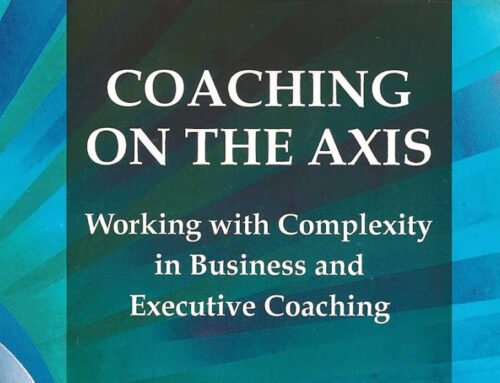Market conditions demand us all to examine how to deliver greater value for less cost. And now we find ourselves in a recession. The wonderful thing about recessions is that they offer us the stark choice: do what is most valuable, or perish. Coaching is no different – it must adapt to the times, or be crushed under the tightening belts of its clients.
I’m a leadership coach because I know how much value coaching can bring to leaders – both in developing strategy and in leading people, as well as strengthening their personal foundations. I also understand why it is costly – if you want to be coached by someone at a high enough level, you have to pay the price to make it worth the coach’s while. And there is enormous value in the deep, personal crucible of high-end one-on-one executive coaching which can’t be replicated in larger groups, lectures, reading or videos.
Coaching must meet real business needs
The big demand I see is for more direct routes to business impact. For business coaching to make it in 2012, clients can rightly expect it to:
- Address both the needs of the individual and the organization
- Focus directly on the needs of the team and business relationships
- Consciously address business strategy
- Implement sustainable lower-cost, higher-value delivery methods.
Balancing needs of individual and organization
- Three-way meetings with coach, coachee, and coachee’s manager – near the beginning and end of the process, at least – in which coaching goals, business relevance, and measures of success are directly addressed in an open and collaborative way.
- Examination of each individual’s coaching goals in the light of explicit organizational strategy, with a search for alignment and mutual support.
- Where several people in the organization are being coached at the same time, the coaching team should regularly analyze, synthesize and report in depth on emerging themes that matter to the organization as a whole. Your executive sponsor of coaching, your coach team leader and your top management team should get together and discuss these themes at least quarterly.
- Of course all this organizational integration mustn’t stop coaching from being a powerful source of personal transformation. This means the internal process and content of coaching remains firmly confidential.
What about the team?
Strategic view
Sustainable lower cost, higher value coaching
- Sandwich large-group training between one-on-one coaching sessions. I’ve seen extraordinary value generated by adding a single coaching session onto the front and back of a well designed training programme.
- Mix online with face to face sessions, or go virtual all the way. Mixing it up saves huge amounts of travel cost and time, and preserves the environment. Perhaps surprisingly, in my experience it also often deepens the quality of the coaching work.
Discover more from Enterprisecoach
Subscribe to get the latest posts sent to your email.






Leave A Comment